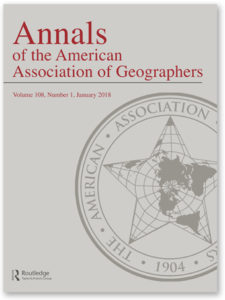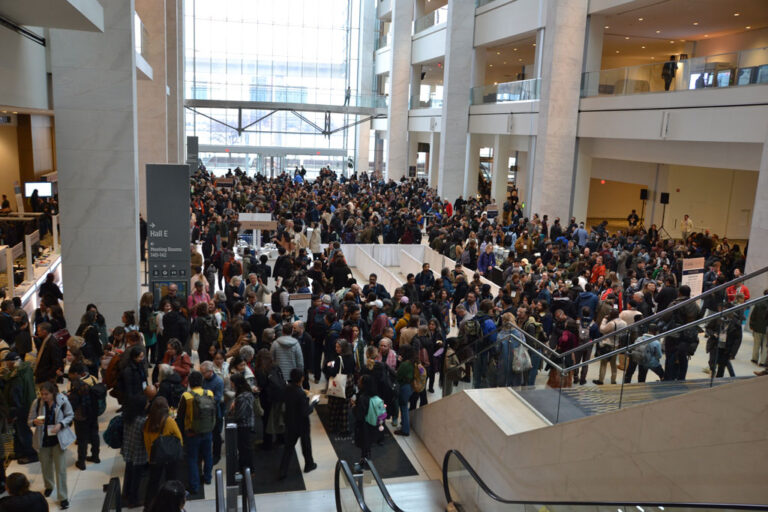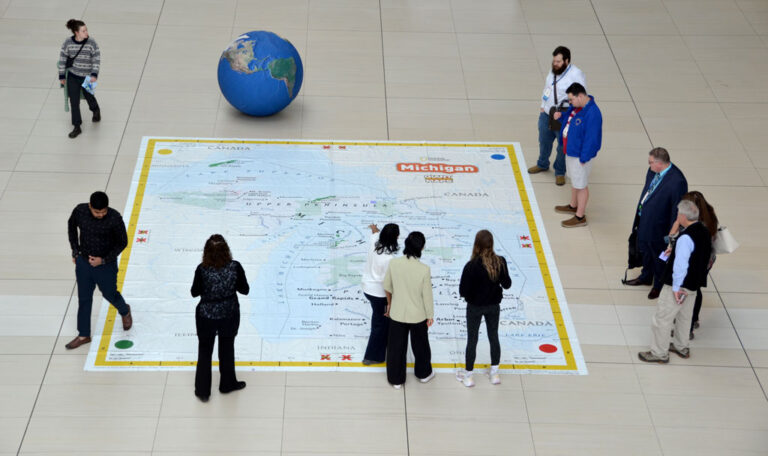An Interview with AAG Executive Director Gary Langham (Part 1)
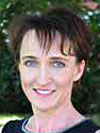 While the AAG membership elects some of its governance (i.e. president, vice president, Council), the temporal constant in leadership is the Executive Director (ED). Historically, his tenure spans multiple presidents and many dozens of councilors. Since COVID-19 has prevented our new ED, Gary Langham, from meeting the membership and vice versa, I decided to interview him as an introduction into learning a bit about his perspectives, goals and personal history that led him to AAG.
While the AAG membership elects some of its governance (i.e. president, vice president, Council), the temporal constant in leadership is the Executive Director (ED). Historically, his tenure spans multiple presidents and many dozens of councilors. Since COVID-19 has prevented our new ED, Gary Langham, from meeting the membership and vice versa, I decided to interview him as an introduction into learning a bit about his perspectives, goals and personal history that led him to AAG.
We met on Wednesday, Aug. 19, which not coincidentally is the one-year anniversary of his first week in this role—half of which has been during the coronavirus pandemic. The interview lasted for over an hour, generating far too much to publish as a single column. So, I will cover the interview in two columns beginning with this piece as a summary of his path that led him to AAG. I have edited my questions and Gary’s comments below for brevity and clarity.
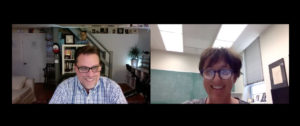
AMY: Let’s just start with some basics, like your background, the area of your formal training, and your experiences that led you to AAG.
GARY: I grew up in Sacramento, CA, within an academic family. My dad was a Ph.D. botanist and his father had a Ph.D. in plant genetics, so acquiring my own Ph.D. seemed natural to me. Looking into the future one could never know, but in hindsight this makes sense.
My dad and grandfather had interesting backgrounds. My grandfather, originally an Iowa farm boy, had to find a new path when the family farm was lost during the depression. Eventually, he ended up at Cornell University in Ithaca, NY, in the early 1930s where he was the first Ph.D. recipient in plant genetics. Upon graduation, the government of Venezuela asked him to move there and lead a program for crops and genetics. He agreed and asked my grandmother, then a nurse, to marry him. They decided to go, despite speaking no Spanish at the time, and had four children there over the next 20 years.
During this time, he also became known as the father of the sesame seed. Sesame lays down its seed in pods that shatter when ripe, making it very time consuming to harvest. My grandfather was the first to find a variety that would open enough for machine harvesting, but not enough to lose the seeds. This side of the family continued researching and perfecting varieties of sesame for many years.
In addition to his scholarly abilities, my grandfather had an entrepreneurial spirit. Soon after he got there, oil production was booming in Venezuela, leading to a massive economic boom. He founded four large plant nurseries, supplying the growing numbers of businesses, hotels and factories around the country.
My dad was born and raised in Venezuela working in his dad’s plant nurseries. When my dad was 15, he went to the United States for the first time to finish school and later attend college. Inspired by what he learned from my grandfather, he sought his Ph.D. in plant biology and ecology. My father then taught at California State University in Sacramento for 38 years. He preferred teaching much more than research. I had the good fortune of growing up accompanying him on his botany and ecology field trips. We were around college students all of the time. During the summers, they would visit one day a week, so I grew up immersed in his love of teaching.
When I was seven years old, my dad discovered birding. He had been playing semi-pro ice hockey for fun, but he was getting too old and he wanted something else to do. He was also tired of the students asking what all the birds were on the field trips. So, he took this bird watching class. And it sounds silly to go from hockey to birding, but there is a whole world of competitive birding. Who knew?
What that meant for me, because he was so competitive, is whether I felt like it or not, I was in the back of a car going to look for birds every weekend from age seven to 13, and going all over the country traveling a lot with my parents. It was a lot of driving though, and I didn’t always love it. And of course, when you’re a kid, you absorb everything that you’re exposed to. So, now I was getting exposed to people, showing slides about birds and these professors would come over and they talk about their trips around the world. And, it was a great way to grow up. When I was 15, I started going back to Venezuela with my father. That was the first time my dad had been back in 30 years, and I kept going back for at least a month every year for the next 20 years.
Soon, he and I started leading birdwatching tours. Surprisingly, many people want to see birds bad enough that they will hire experts to show them all the species. Because I had spent so much time doing this, by the time I was 18 I was able to do it professionally. That’s how I put myself through college, leading trips all summer and over winter break. And, I did that for many years. When I came to my own schooling, I started off as an English major, finished that coursework and thought I was going to go to law school and do environmental law.
So, I was doing these birding tours, often with lawyers, and they’re like, “yeah, don’t do law school. Don’t do what I do. You should do birds or something like that. You should do ecology or conservation.” And, so I stayed on in college for a whole other major in biology. And, because I was putting myself through school with these tours, I could. I wasn’t in a hurry because I was getting paid to travel four months a year. In your twenties that’s really fun. Then I went back to college and took a class in, say, mammalogy, and then went all over the Americas seeing the mammals in the field. We were working all over the Americas: Canada, Costa Rica, and California in summer, and seven different trips in Venezuela that would rotate three per year over winter break.
This was an awesome way to grow up and go to college. But, eventually, I thought I’m just going to get a Ph.D. too. And what was great is because I had so much experience in South America already, it was easy to convince my advisers that I could go off and do research in South America because I’d already been doing it, essentially, for years. And it didn’t sound like a big risk. So, I got lucky and got into, arguably, the best ornithology program in the world at Cornell University. That was just a great experience. Although my Ph.D. is in ecology and evolutionary biology, I studied birds in South America.
Ecology spoke to my wide range of interests. And, just like with geography, you can never get bored with it because there’s so many different facets to it. After seven field seasons in Venezuela, Bolivia, and Peru, I wanted to go somewhere else. So, I did an NSF bioinformatics postdoc through UC Berkeley, with two years in the field and Queensland, Australia doing climate change research in the Wet Tropics and then a year back at Berkeley. Finally, I started working at Audubon, bringing birds, biology and policy together in conservation. Audubon was my job for 12 years before I started at AAG.
AMY: Actually, that was great. As you were relaying your story, I kept thinking about how your path seemed to be laid out for you. And, I feel like I just fell into geography. I spent my early life walking around in circles trying to figure out what I was going to do until I found this magic thing called geography. It just basically landed in my lap in college. And, then it transformed me.
At this point, our conversation transitioned to AAG, Geography, and higher education. I’ll continue the interview in a later column in which Gary will highlight his vision and goals for AAG.
—Amy Lobben
AAG President and Professor at University of Oregon
lobben [at] uoregon [dot] edu
DOI: 10.14433/2017.0078
